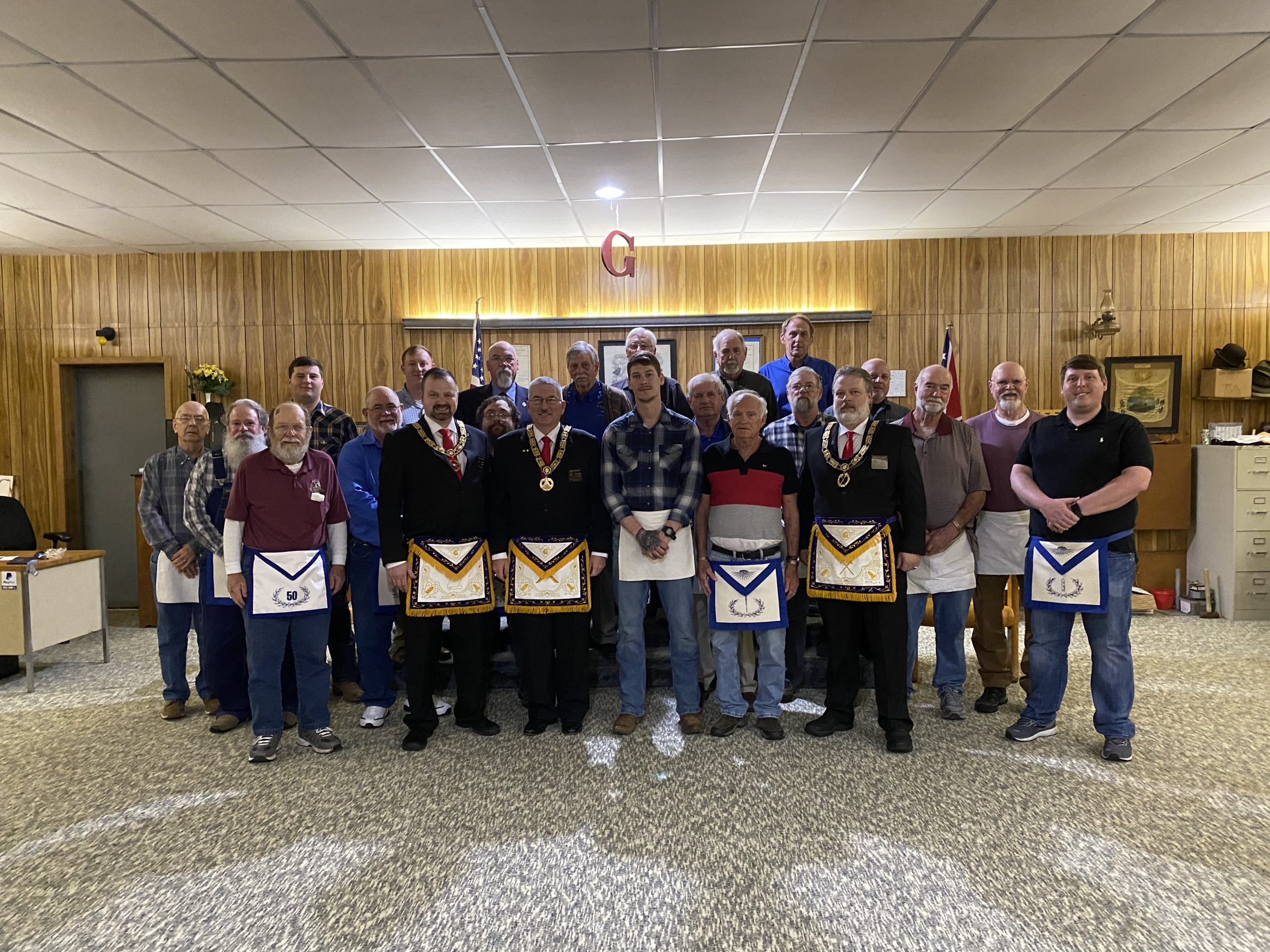COVID-19 | Crisis
This page is NOT the latest COVID-19 information…
Please Visit THIS PAGE for the latest information…
To All the Brethren of Alabama:
As a result of the current COVID-19 crisis, we have entered uncharted territory in our Nation, State, local communities and our Masonic fraternity. The President has declared a National state of emergency which has altered all of our daily activities. Because of this, if a Worshipful Master determines that it is in the best interest of his lodge and his brethren to suspend Masonic activities, he will have my full support. I realize this is not the normal way we conduct our business, but these are not normal times. When the national state of emergency has ended, we will revert to our normal operating procedures stated in our constitution, resolutions and edicts. Rest assured that your Grand Lodge Officers are monitoring this situation closely and as new information arises, we will respond accordingly. Our number 1 priority is the health and safety of our brethren. If you have any questions or concerns call me at any time. My number is 205-276-5348.
Fraternally
Mike Taylor
Grand Master




